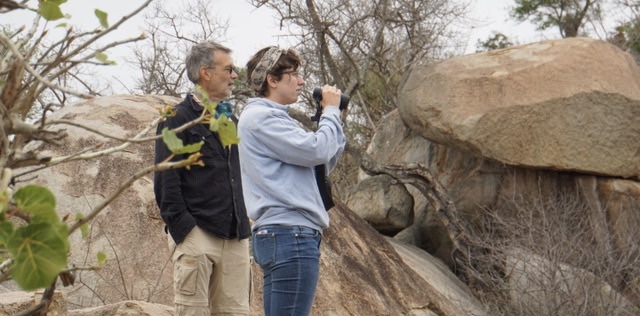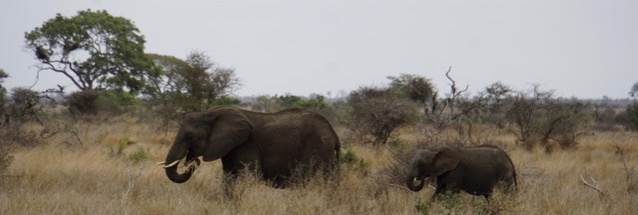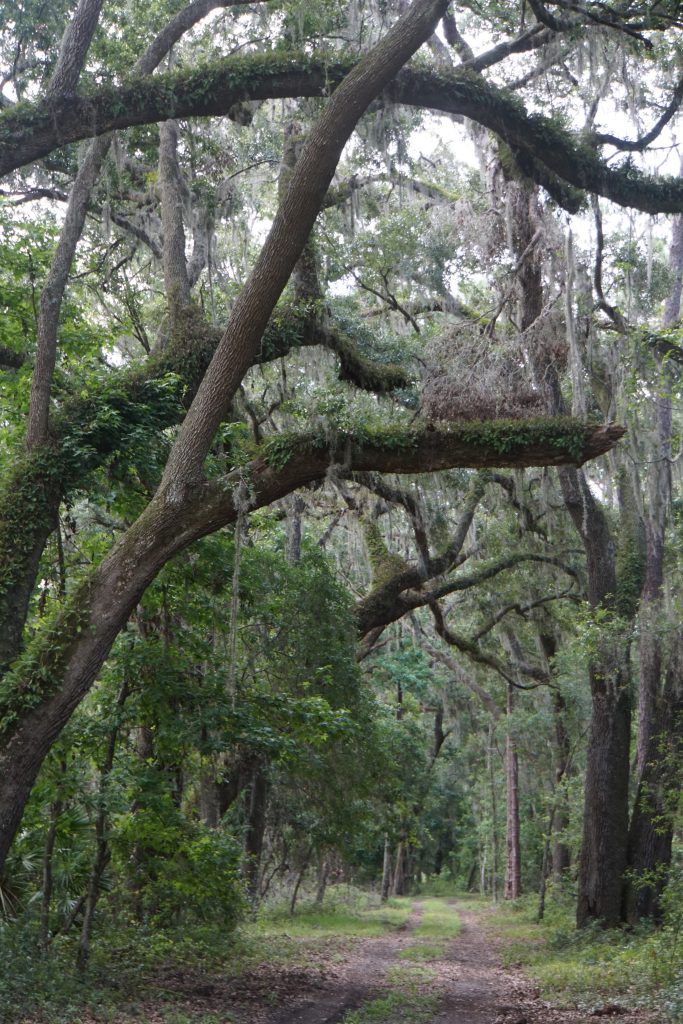Home
Biodiversity and global change
Research in our group focuses on biodiversity and the impacts of changing climate and natural and human disturbance. Studies range in scale from field plots to continental data sets. Large, long-term experiments are central to the approach. There is emphasis on modeling innovation to synthesize evidence from many sources.
African Savanna Ecology with ENV323/623

Students from the trip to Kruger National Park contributed their thoughts/pictures on African savannas. This is part of the course Ecological Diversity and Climate Change (ENV323/623).
A few examples
Impacts of long-term drought on savanna ecosystems in Kruger National Park, South Africa
Current studies focus on drought effects on woody vegetation in semi-arid savanna, part of a project headed by Steve Higgins at University of Bayreuth, drought impacts on mega-herbivore populations, the focus of Maggie Swift’s PhD, and impacts of seed production on food webs, a collaboration with Corli Wigley-Cotzee and other scientists at South African National Parks. Maggie is analyzing species interactions in the context climate change with dynamics models.



Biodiversity change (NSF, NASA).
Clark, JS, D Nemergut, B Seyednasrollah, PJ Turner, S Zhang. 2017. Generalized joint attribute modeling for biodiversity analysis: Median‐zero, multivariate, multifarious data. Ecological Monographs, 87, 34–56.
Synthesis of biodiversity data is challenging, because species are observed on different scales. They respond to one another at the same time that each is responding in its own way to a changing environment. Generalized joint attribute modeling (GJAM) accommodates the joint distribution of species measured in different ways; it is being implemented to predict biodiversity responses to climate change. Data streams include NEON, additional monitoring networks, and field experiments implemented by us and collaborators.

The 250-fold gradient in tree fecundity (NSF, NASA)
Journe, V et al. 2022. Globally, tree fecundity exceeds productivity gradients. Ecology Letters, DOI: 10.1111/ele.14012, pdf: EcologyLetters2022.
A global synthesis in the MASTIF network shows a 250-fold increase in seed abundance from cold-dry to warm-wet climates, driven primarily by a 100-fold increase in seed production for a given tree size. The modest (threefold) increase in forest productivity across the same climate gradient cannot explain the magnitudes of these trends. The increase in seeds per tree can arise from adaptive evolution driven by intense species interactions or from the direct effects of a warm, moist climate on tree fecundity. Either way, the massive differences in seed supply ramify through food webs potentially explaining a disproportionate role for species interactions in the wet tropics.
Dynamic food webs respond to climate change
Clark, J. S., C. L. Scher, and M. Swift. 2020. The emergent interactions that govern biodiversity change. Proceedings of the National Academy of Sciences, 202003852, https://doi.org/10.1073/pnas.2003852117. clarkPNAS2003852117.full

Predicting how ecological communities respond to change requires an understanding of the direct effects of environment and the indirect effects that emerge when environment is propagated through food webs of interacting species. A probabilistic, dynamic framework for inference identifies these environment–species interactions. Results show how environmental effects translate into nonlinear responses, how they can be estimated from data, and the insight they provide on the relative importance of direct and indirect (through other species) responses to change. Because these effects include uncertainty from the model and data, they can guide management that has to weigh the utility of efforts to protect critical habitat (or not) against the risk for species that respond through the responses of others.
Continent-wide tree fecundity driven by indirect climate effects
Clark, J.S., et al. 2020. Continent-wide tree fecundity driven by indirect climate effects. Nature Communications DOI: 10.1038/s41467-020-20836-3. pdf: s41467-020-20836-3.

Trends in species abundances predicted from meta-analyses and species distribution models will be misleading if they depend on the conditions of individuals. Here we find from a synthesis of tree species in North America that climate-condition interactions dominate responses through two pathways, i) effects of growth that depend on climate, and ii) effects of climate that depend on tree size. Because tree fecundity first increases and then declines with size, climate change that stimulates growth promotes a shift of small trees to more fecund sizes, but the opposite can be true for large sizes. Change that depresses growth also affects fecundity. We find a biogeographic divide, with these interactions reducing fecundity in the West and increasing it in the East. Continental-scale responses of these forests are thus driven largely by indirect effects, recommending management for climate change that considers multiple demographic rates.
The seasonal timing of warming that controls onset of the growing season.
Clark, J.S., J. Melillo, J. Mohan, and C. Salk. 2014. Global Change Biology, 20:1136-1145.

Forecasting how global warming will affect onset of the growing season is essential for predicting terrestrial productivity. We show that accurate estimates require ways to connect discrete observations of changing tree status (e.g., pre- vs. post budbreak) with continuous plant responses to fluctuating temperatures. Results identify a critical window concentrated in late winter, weeks ahead of the main budbreak period. By late February/early March forecasts can predict early vs late onset of growth.
Ecological forecasts: an emerging imperative
JS Clark, SR Carpenter, M Barber, S Collins, A Dobson, JA Foley, …. Science 293, 657-660
This paper laid the foundation for a new initiative in ecology, focused on using information to anticipate, and potentially mitigate, responses to global change. It is cited as the motivation for many new efforts to provide predictive understanding of change.

Individuals and the variation needed for high species diversity in forest trees
JS Clark. Science 327, 1129-1132
This paper can resolve a decades-old question in ecology, that of explaining why so many competing species could coexist on a small number of limiting resources. Species-level differences are not apparent from species-level data, masked by averaging over individuals in species-level data. Species differences masked by the phenomenon known as Simpson’s Paradox or the ‘ecological fallacy’ become apparent when analyzed at the individual scale: individuals respond more like others of the same species, thus concentrating competition within the species.
Failure to migrate: lack of tree range expansion in response to climate change
K Zhu, CW Woodall, JS Clark. Global Change Biology 18, 1042-1052
Changing geographic distributions have been the focus of climate change studies—evidence that populations can move to sites that become favorable. More concerning is the possibility that they cannot. From a large analysis of inventory data across North America, results showed that tree species lack the capacity to track rapid contemporary climate change.





